Soldiers of Third Army, Navy, civilian firefighters and a spill clean-up team from the Environmental Protection Agency all worked together in a mass casualty and oil spill training scenario at Pier 17 at the Port of Shuaiba (SPOD) in Kuwait, Oct. 22.
Each of the responding units were responsible for accomplishing a mission specific to their field of expertise, as well as contribute to the overall goal of responding to a fire aboard a damaged ship with injured people.
The mass casualty exercise began with a call to the Fire Department regarding an explosion aboard the U.S chartered ship MV AMERICAN TERN, and represented a real situation that could happen on a ship. Chartered U.S fire boats, OMEED TAHER and SHAREIF VERVE, sprayed fire hoses around the ship as part of their training and to help create realism in the scenario.
When Firefighters arrived they boarded the MV AMERICAN TERN and quickly evacuated the injured down the narrow walkways of the ship to waiting Army Medics on the pier. Upon reaching the safety of the pier, Soldiers attached to Third Army transported the injured to an open location where they could determine the extent of injuries and perform care as needed before being loaded into ambulances.
"The exercise went very well with all participants meeting their expectations and receiving invaluable training," said Cmdr. Philip A. Gerard, Commanding Officer of the Military Sealift Command Office Kuwait, who planned and coordinated the exercise along with the Army's 1181st Deployment Distribution Sustainment Battalion.
Following the evacuation of the casualties, the spill clean-up team from the Environmental Protection Agency was brought in to respond to an oil spill scenario caused by the damaged ship. Oil booms, long anchored floating fences that contain the spill, were stretched from the dock to the bow of the ship to block the spill from traveling seaward. Once the booms were in place, popcorn was used to simulate oil and show how it moves and spreads with the current and wind.
In the event of a real spill, a skimmer which can pump 100 gallons of oil per-hour would be used to clean up the oil which floats on the surface, while the booms would continue to move the spill into a condensed area. In this scenario, popcorn was used because it is environmentally safe and provides a good representation of how a floating substance would behave.
"I feel the exercise was a success because I saw things moving with cooperation and coordination," said Sgt. 1st Class Michael Swartz of the 1181st Deployment Distribution Sustainment Battalion. "Another good thing was that there was communication, which is always the weakest link."
The training exercise was done with the help of the Shuaiba Port Control and Shuaiba Harbor Master. Kuwaiti boats also took part in the scenario bringing their own rescue boats, a fire boat, and performing a man overboard exercise.
The exercise took approximately three months to put together, and was one of four scenarios held this year. The benefits of this exercise helped to evaluate the emergency response capabilities at the port and ensure that in a real situation responders would be prepared to successfully take care of the emergency.
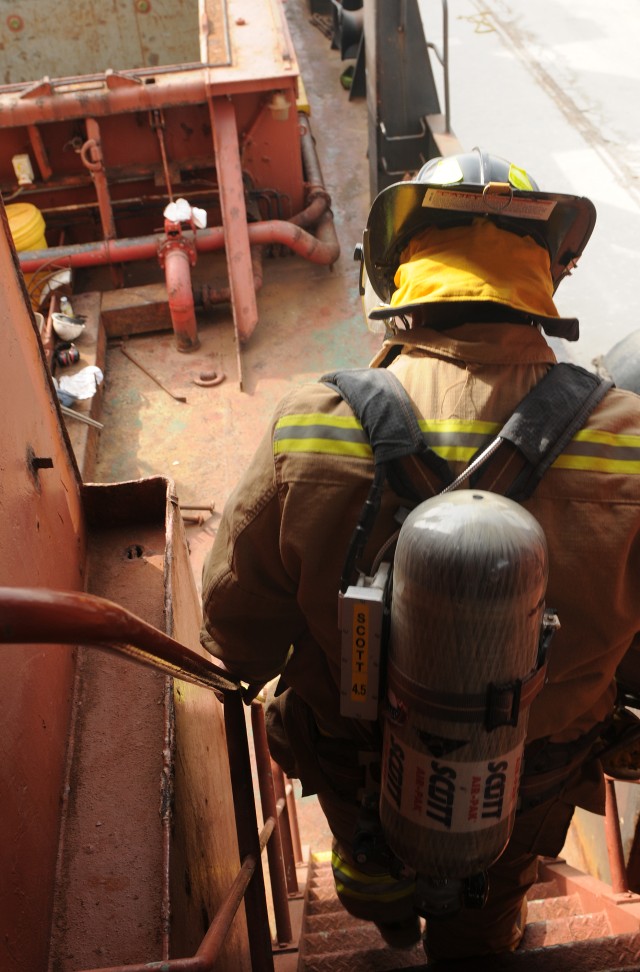
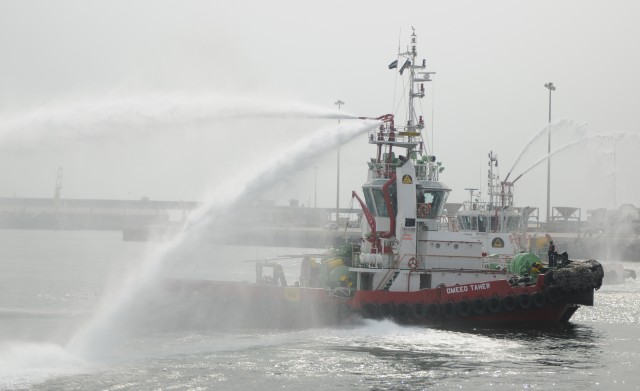
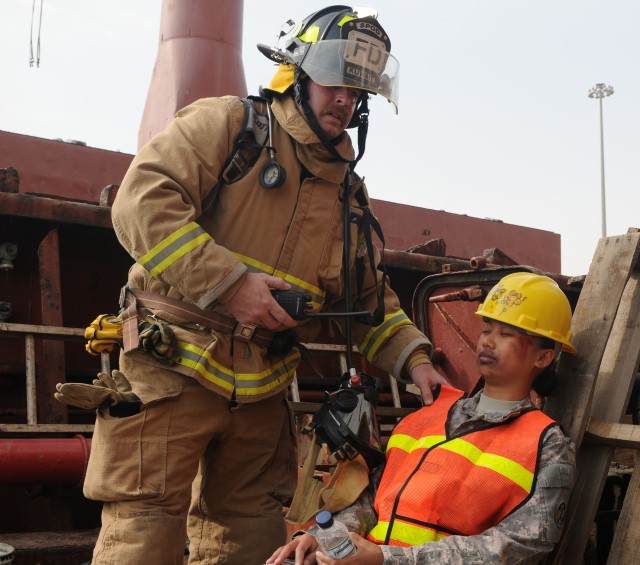

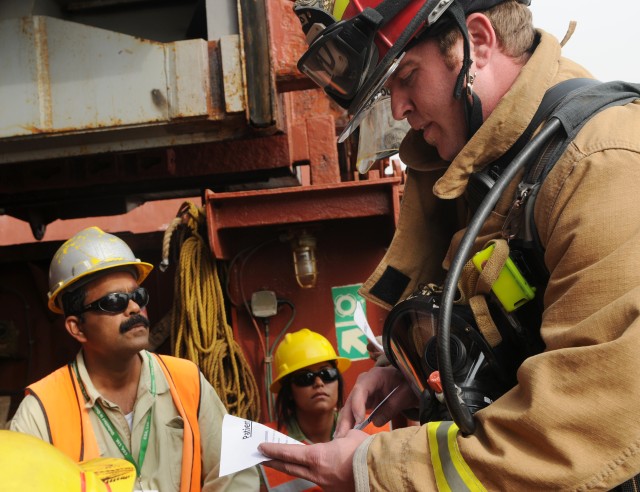
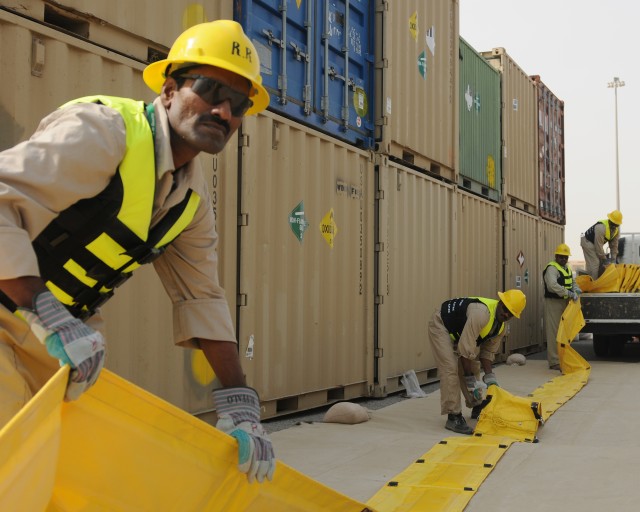

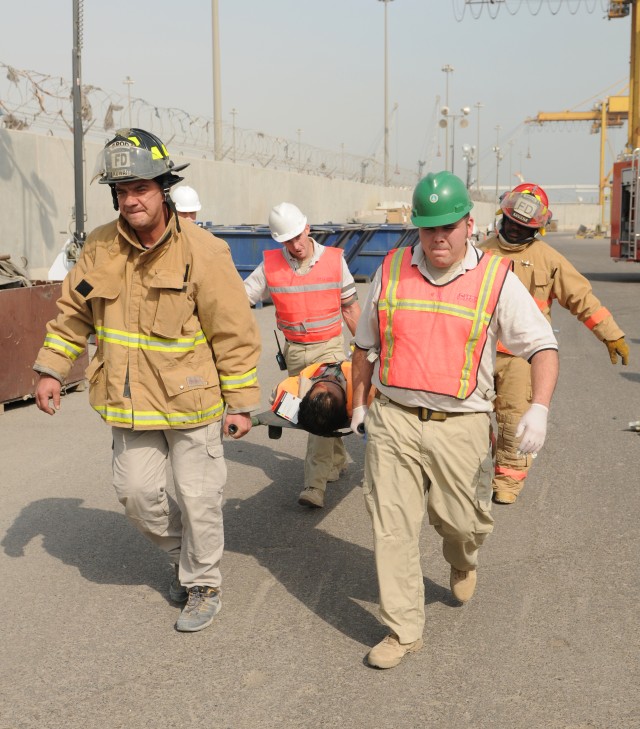


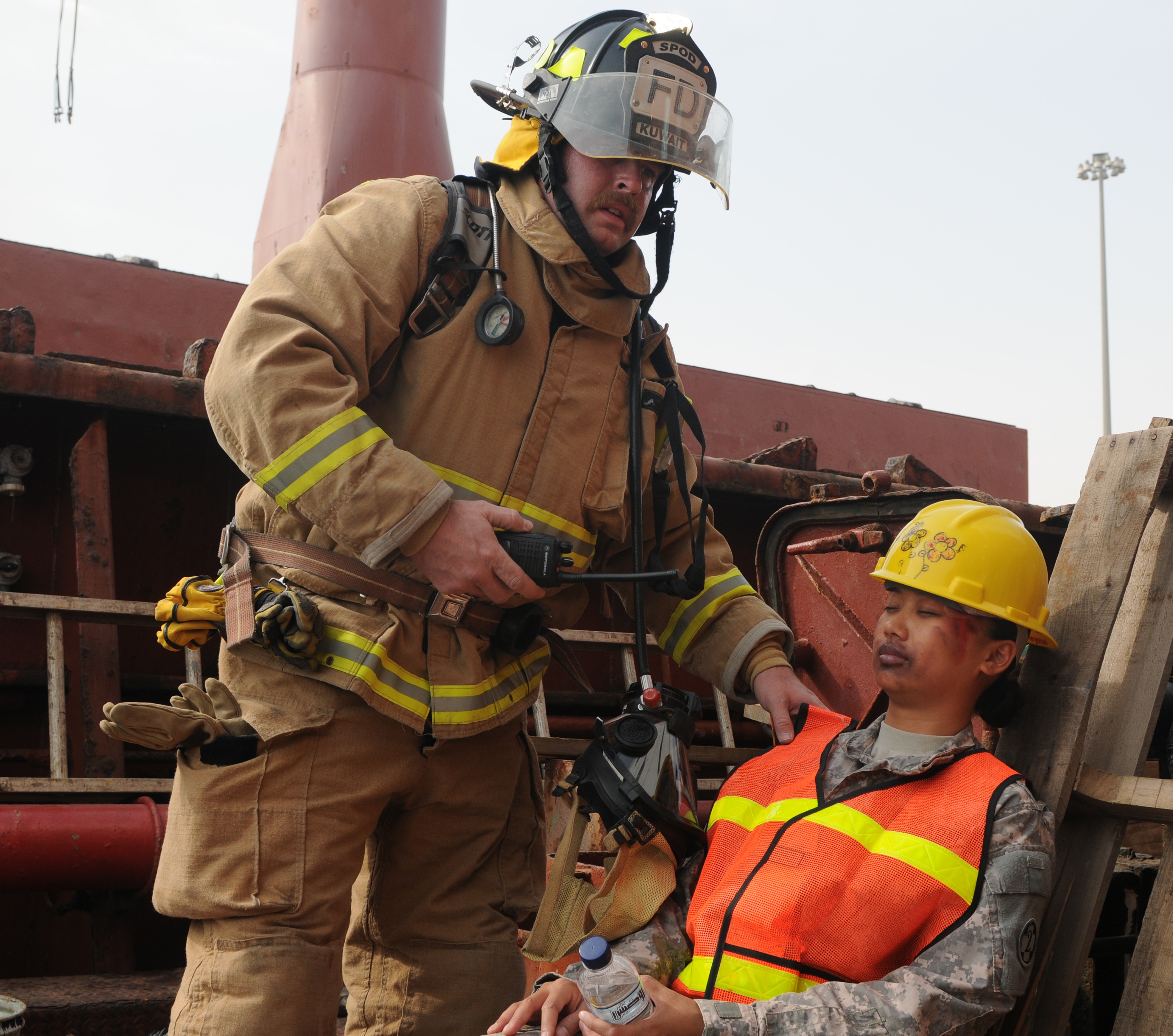

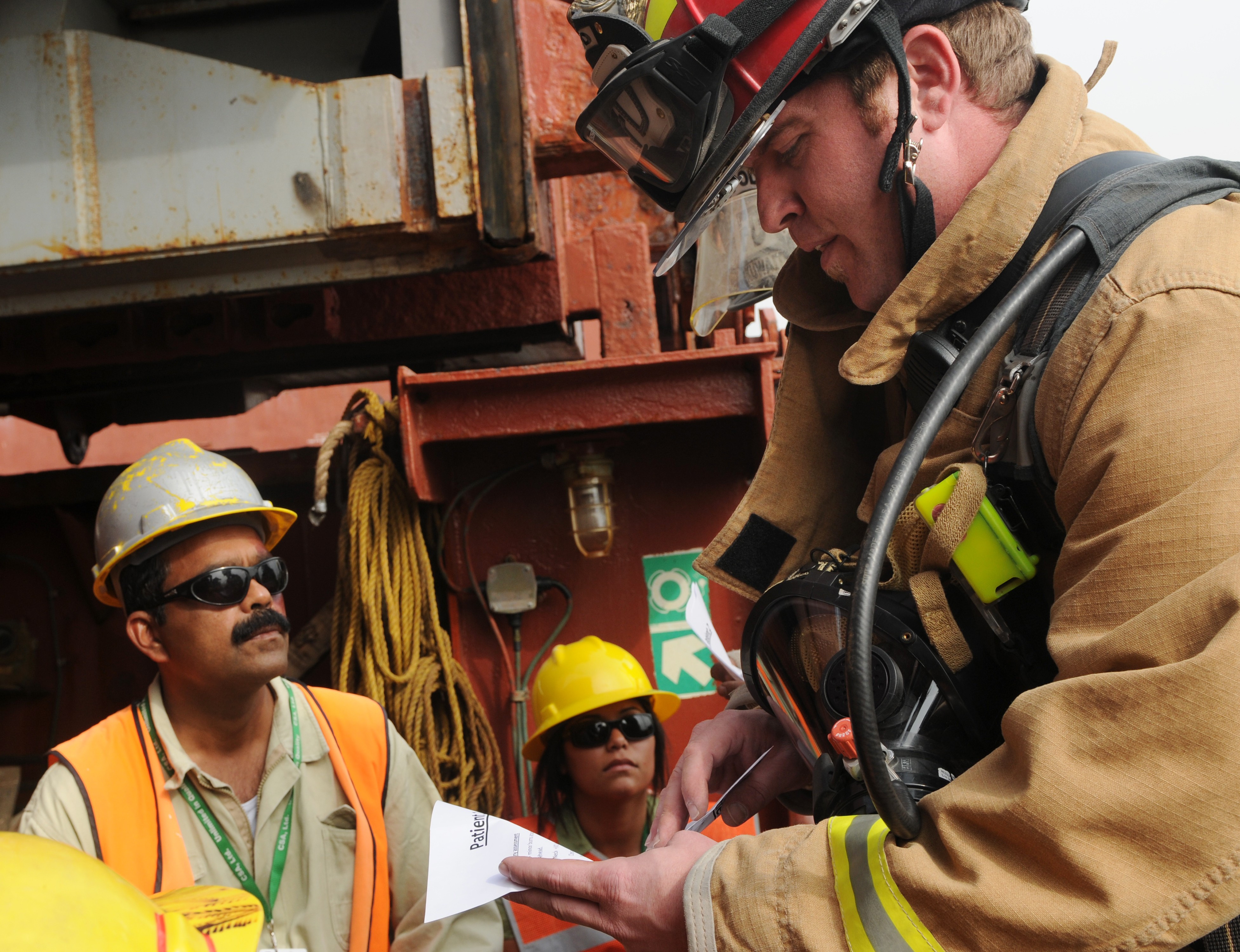



Social Sharing